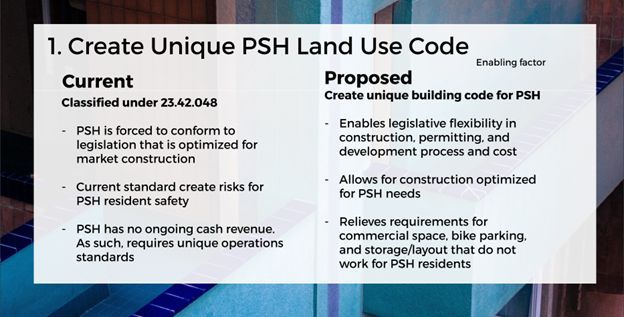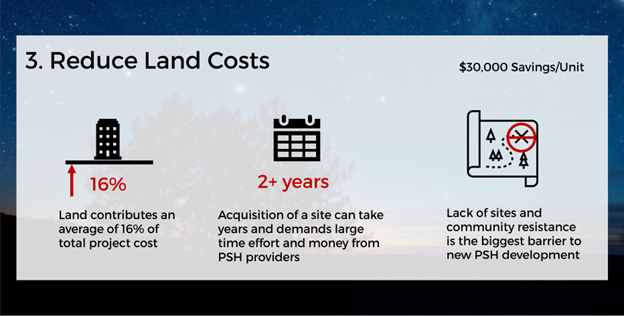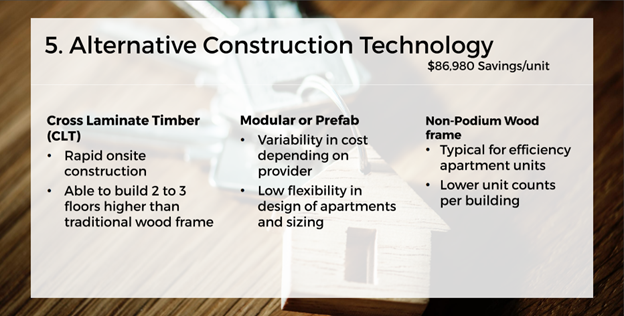Analyzing Cost Drivers
The Opportunity
The Lunous team engaged with a coalition of local non-profits to take a data-driven approach and analyze the cost of permanent supportive housing (PSH) compared to commercial housing development, to propose adjustments in legislation that would reduce the cost of PSH development and increase the supply by building more with the same investments, as well as increase community awareness and support of PSH through data transparency.
Results
Lunous team members built a model of analysis that appropriately compared the cost of PSH and commercial housing development. This model illustrated the different factors that drive the cost to help governing bodies like the Seattle City Council understand what steps could be taken to further reduce the cost of PSH development.
Approach and Methods
Using data analysis and budgets from multiple PSH providers as well as commercial housing developers made it possible to identify each expense line by line and determine what factors contributed to each line item. Once Lunous team members went through the budgets, we were able to determine the difference between the expenses in each budget as well as the factors that drive these variabilities. From there, the Lunous team had the ability to analyze and synthesize the data across multiple data sets to surface consistencies and variables that drive the cost of both PSH and commercial housing.
a few examples from our report
The opportunities for cost reduction laid out in five areas of focus
Creating a new land use code would encourage more PSH
Reducing land costs could save $30,000 USD per unit
Alternative construction technology could save up to $86,980 USD per unit




